#Extreme Green
Text

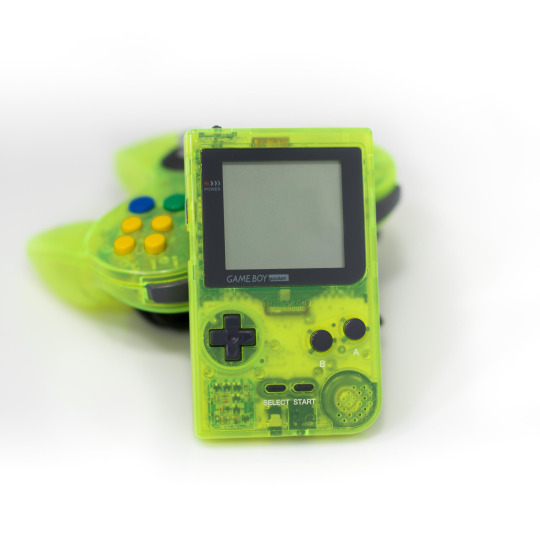
#90s#90s aesthetic#90s vibes#1990s#90s style#90's tech#transparent#Gameboy Pocket#Extreme Green#1997
3K notes
·
View notes
Text
N64
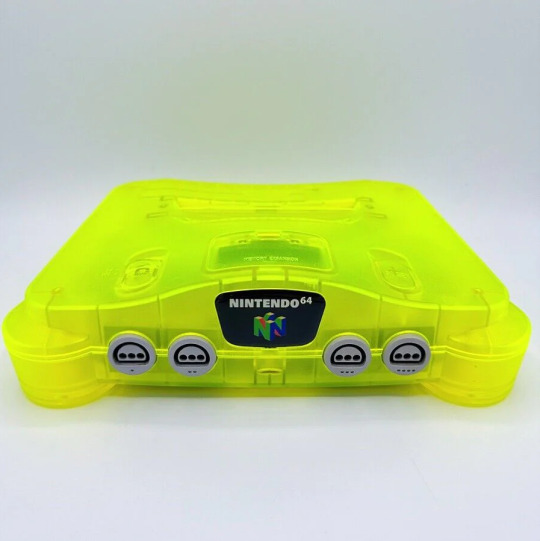
Funtastic Color Series 'Extreme Green' Custom Nintendo 64
#nintendo 64#funtastic color#extreme green#nintendo#nintendo aesthetic#2000s#y2k#y2k aesthetic#transparent#green#N64#hardware#tech#retro gaming#custom
1K notes
·
View notes
Text
As relentless rains pounded LA, the city’s “sponge” infrastructure helped gather 8.6 billion gallons of water—enough to sustain over 100,000 households for a year.
Earlier this month, the future fell on Los Angeles. A long band of moisture in the sky, known as an atmospheric river, dumped 9 inches of rain on the city over three days—over half of what the city typically gets in a year. It’s the kind of extreme rainfall that’ll get ever more extreme as the planet warms.
The city’s water managers, though, were ready and waiting. Like other urban areas around the world, in recent years LA has been transforming into a “sponge city,” replacing impermeable surfaces, like concrete, with permeable ones, like dirt and plants. It has also built out “spreading grounds,” where water accumulates and soaks into the earth.
With traditional dams and all that newfangled spongy infrastructure, between February 4 and 7 the metropolis captured 8.6 billion gallons of stormwater, enough to provide water to 106,000 households for a year. For the rainy season in total, LA has accumulated 14.7 billion gallons.
Long reliant on snowmelt and river water piped in from afar, LA is on a quest to produce as much water as it can locally. “There's going to be a lot more rain and a lot less snow, which is going to alter the way we capture snowmelt and the aqueduct water,” says Art Castro, manager of watershed management at the Los Angeles Department of Water and Power. “Dams and spreading grounds are the workhorses of local stormwater capture for either flood protection or water supply.”
Centuries of urban-planning dogma dictates using gutters, sewers, and other infrastructure to funnel rainwater out of a metropolis as quickly as possible to prevent flooding. Given the increasingly catastrophic urban flooding seen around the world, though, that clearly isn’t working anymore, so now planners are finding clever ways to capture stormwater, treating it as an asset instead of a liability. “The problem of urban hydrology is caused by a thousand small cuts,” says Michael Kiparsky, director of the Wheeler Water Institute at UC Berkeley. “No one driveway or roof in and of itself causes massive alteration of the hydrologic cycle. But combine millions of them in one area and it does. Maybe we can solve that problem with a thousand Band-Aids.”
Or in this case, sponges. The trick to making a city more absorbent is to add more gardens and other green spaces that allow water to percolate into underlying aquifers—porous subterranean materials that can hold water—which a city can then draw from in times of need. Engineers are also greening up medians and roadside areas to soak up the water that’d normally rush off streets, into sewers, and eventually out to sea...
To exploit all that free water falling from the sky, the LADWP has carved out big patches of brown in the concrete jungle. Stormwater is piped into these spreading grounds and accumulates in dirt basins. That allows it to slowly soak into the underlying aquifer, which acts as a sort of natural underground tank that can hold 28 billion gallons of water.
During a storm, the city is also gathering water in dams, some of which it diverts into the spreading grounds. “After the storm comes by, and it's a bright sunny day, you’ll still see water being released into a channel and diverted into the spreading grounds,” says Castro. That way, water moves from a reservoir where it’s exposed to sunlight and evaporation, into an aquifer where it’s banked safely underground.
On a smaller scale, LADWP has been experimenting with turning parks into mini spreading grounds, diverting stormwater there to soak into subterranean cisterns or chambers. It’s also deploying green spaces along roadways, which have the additional benefit of mitigating flooding in a neighborhood: The less concrete and the more dirt and plants, the more the built environment can soak up stormwater like the actual environment naturally does.
As an added benefit, deploying more of these green spaces, along with urban gardens, improves the mental health of residents. Plants here also “sweat,” cooling the area and beating back the urban heat island effect—the tendency for concrete to absorb solar energy and slowly release it at night. By reducing summer temperatures, you improve the physical health of residents. “The more trees, the more shade, the less heat island effect,” says Castro. “Sometimes when it’s 90 degrees in the middle of summer, it could get up to 110 underneath a bus stop.”
LA’s far from alone in going spongy. Pittsburgh is also deploying more rain gardens, and where they absolutely must have a hard surface—sidewalks, parking lots, etc.—they’re using special concrete bricks that allow water to seep through. And a growing number of municipalities are scrutinizing properties and charging owners fees if they have excessive impermeable surfaces like pavement, thus incentivizing the switch to permeable surfaces like plots of native plants or urban gardens for producing more food locally.
So the old way of stormwater management isn’t just increasingly dangerous and ineffective as the planet warms and storms get more intense—it stands in the way of a more beautiful, less sweltering, more sustainable urban landscape. LA, of all places, is showing the world there’s a better way.
-via Wired, February 19, 2024
#california#los angeles#water#rainfall#extreme weather#rain#atmospheric science#meteorology#infrastructure#green infrastructure#climate change#climate action#climate resilient#climate emergency#urban#urban landscape#flooding#flood warning#natural disasters#environmental news#climate news#good news#hope#solarpunk#hopepunk#ecopunk#sustainability#urban planning#city planning#urbanism
13K notes
·
View notes
Text

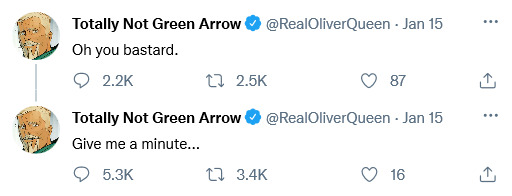
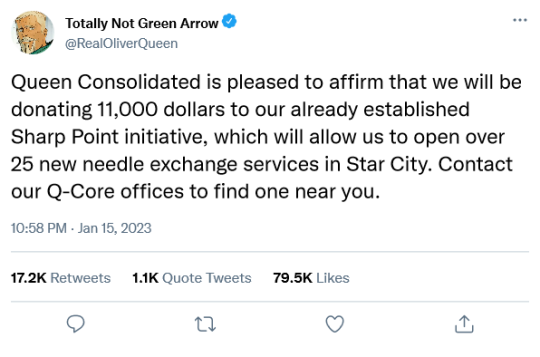
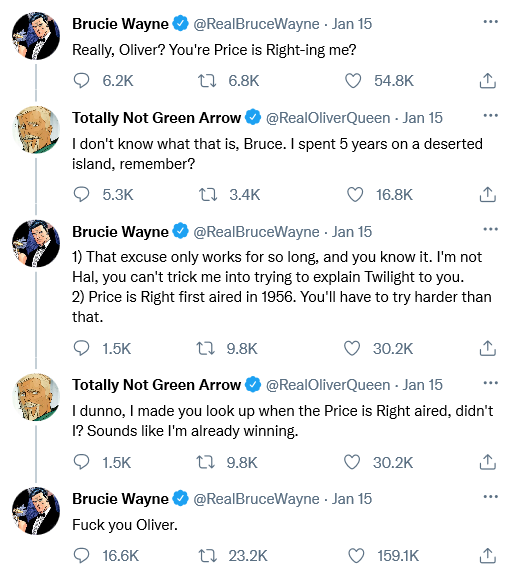

You ever have those moments where an idea just... won't leave your head?
#dcu#batman#bruce wayne#green arrow#oliver queen#fake tweets#things I was not able to adequately convey in the format:#obviously Bruce's reasoning is really a lot closer to Ollie's but Bruce has a secret identity to maintain and Ollie... well#I don't know if you can make it out but his twitter profile pic is him in the Green Arrow costume and that's not accidental#also I am pretty sure that Bruce does just have the first airing date of The Price is Right saved in a corner of his mind palace#just in case it's ever relevant to a case#and he's angry at Ollie because Ollie knows that and also knows Bruce can't admit it because it would raise too many questions#also I did consider an extra scene where they tag-team harass Lex#but it just didn't sound right to me#also I put a whole load of Green Arrow references in here#Q-Core N_Singh and H_Fyff are all from the Nu52 Green Arrow runs#albeit Naomi and Henry are at least in the good Nu52 runs#obviously this is post-Snowbirds Don't Fly/Hard Travelling Heroes in general so Oliver is trolling Hal and setting up needle exchanges#and even Hal explaining to Ollie what Twilight is is a reference to one of the most dated things about the Arrow pilot:#the extremely tacky Twilight joke#anyway hope you enjoyed!
14K notes
·
View notes
Text
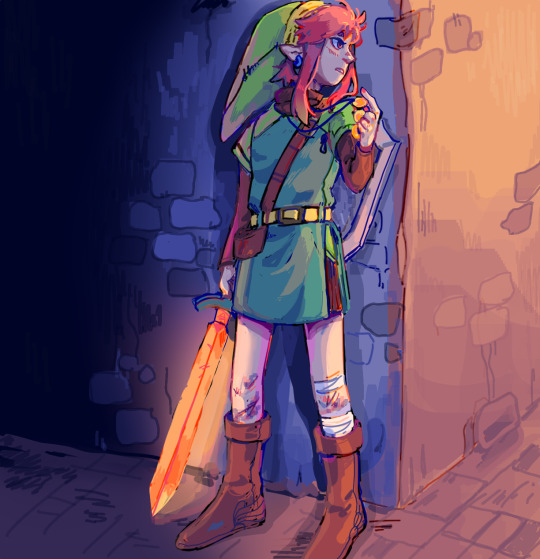

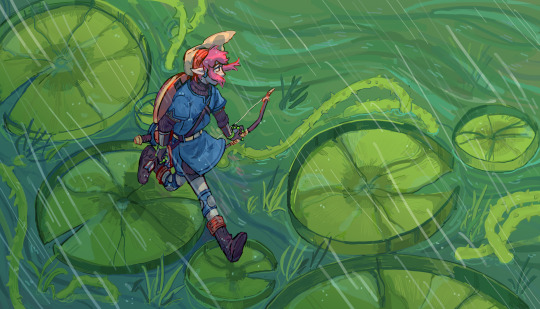
I'm also having a lot of fun with this game!!
#tloz#a link to the past#I both put so little and too much effort into these#no effort into the starting stage and way too much effort trying to make it somehow work out#it's fun to work like that!#it kinda helps with the stuck feeling since I get to jump straight to what would normally feel like the finishing touches sdhisu#link#zelda#my art#I sure do have a lot of thoughts and impressions of them considering how minimal this game is... (extremely affectionate)#Link's outfit looks like that bc I've gone outfit crazy in totk and I got bored of drawing the plain green tunic for smth else#I wanted to just look at the sprite and do whatever but I love this Zelda outfit too much to touch it too much dfskfu#that was so many tags... maybe nature is healing.... (me)
2K notes
·
View notes
Text
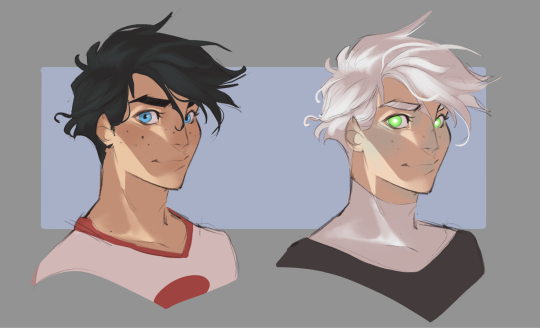
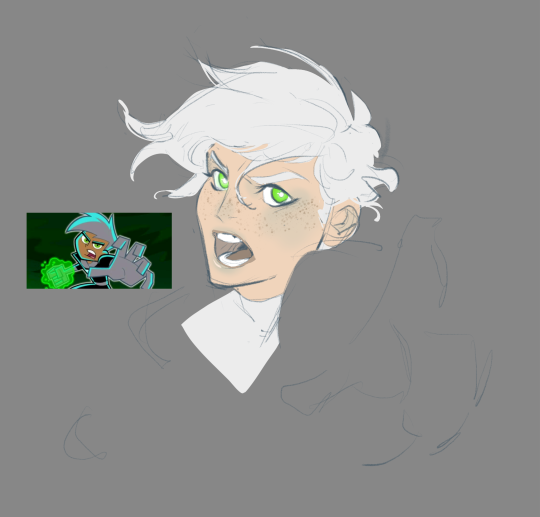
So y'all remember how fucked Danny Phantom was? That is a whole dead child, his parents shoot at him on the reg. It's Stellar, I'm a FAN.
#danny phantom#danny fenton#Danny#DP#Fuck Butch Hartman#Anyway#Is it weird im 22 and still have a crush on him left over from when i was 9?#its a different sort of crush though#sort of a 'oh that poor kid i love him wnd wish to provide hugs forever.'#You know what im saying?#im ace though#I also find him extremely aesthetically attractive.#its the EYES#Just#That blue#to that Green???#excellent
744 notes
·
View notes
Text

Jiggy...😚🥰💗
#I WANNA SEE THAT BOYS PEEPERS!!!#i AM EXTREMELY aware how sleazy the green kimono Jigen is i didnt mean to. but when i realized i gave him a gold chain to make it worse.#my art#lupin iii#lupin the third#jigen daisuke#Daisuke Jigen#jiglup#Jigoe#like barely but still#goemon ishikawa xiii#goemon lupin iii#arsene lupin iii#Two Jigen tit art posts in one week I think something is wrong with me. the power of Jigen compelling me.
503 notes
·
View notes
Text
Frogs of the past 24 hours


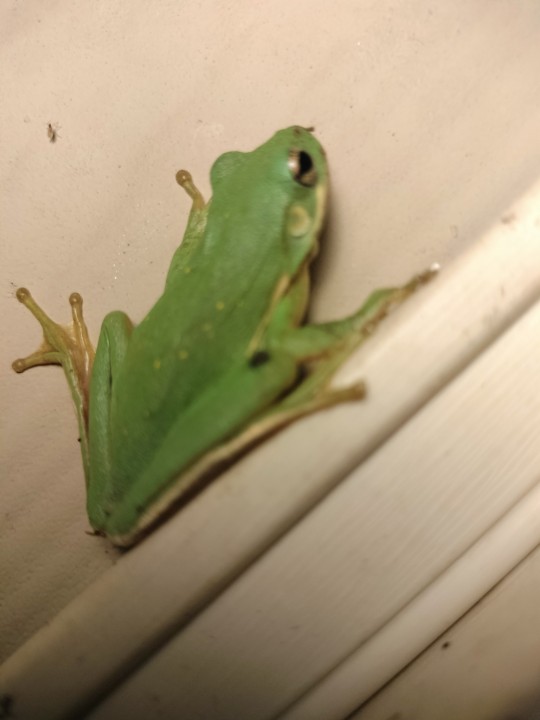
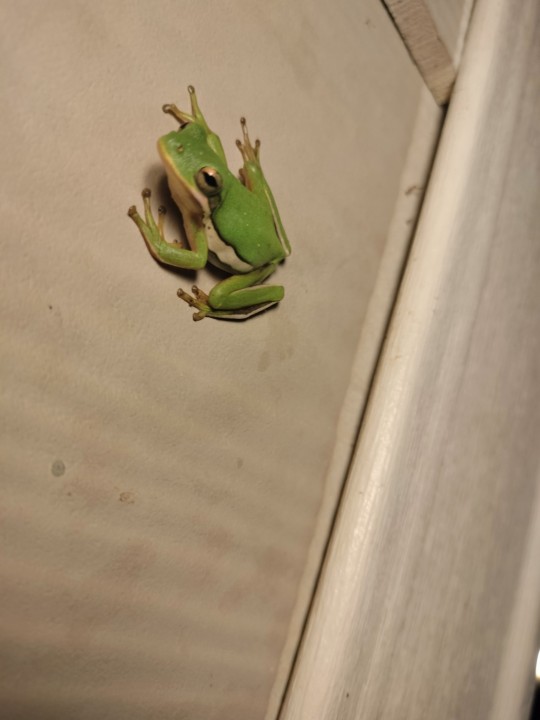

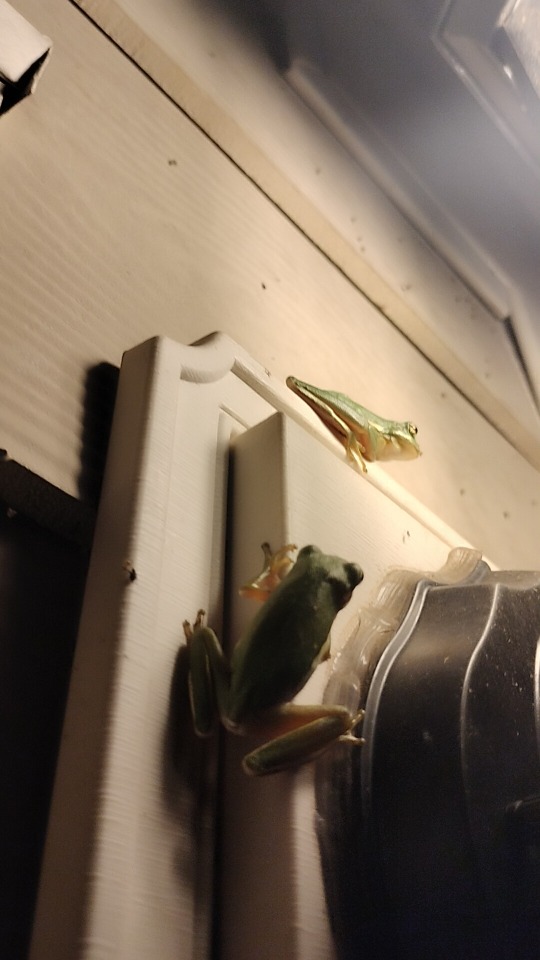
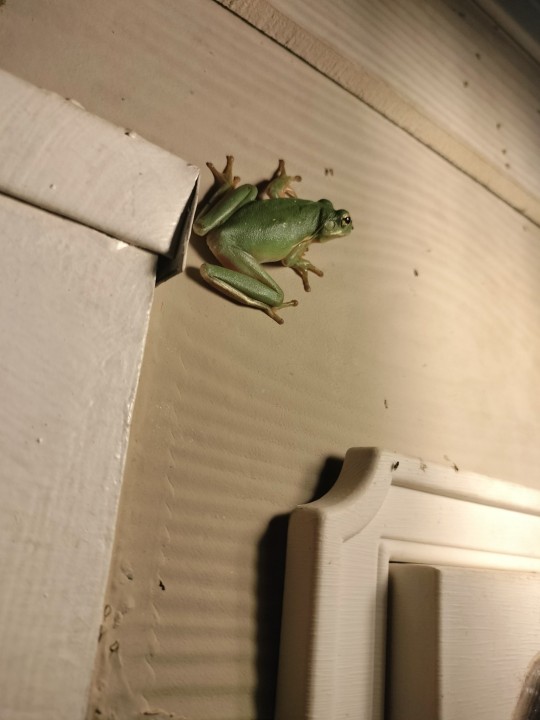
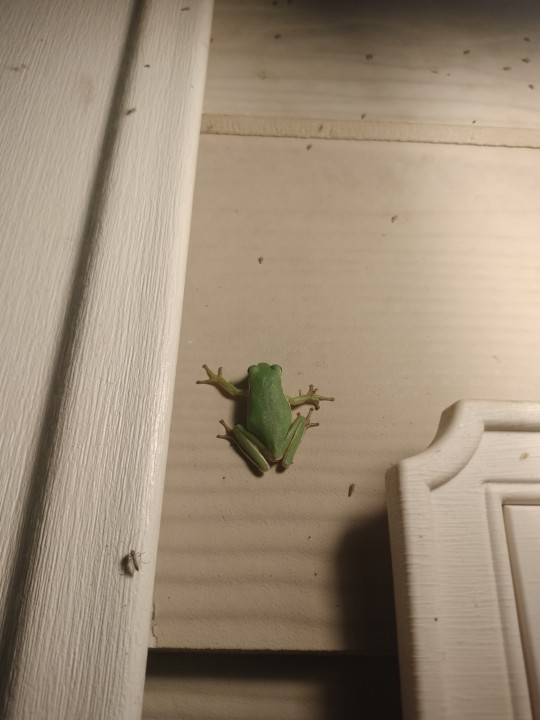
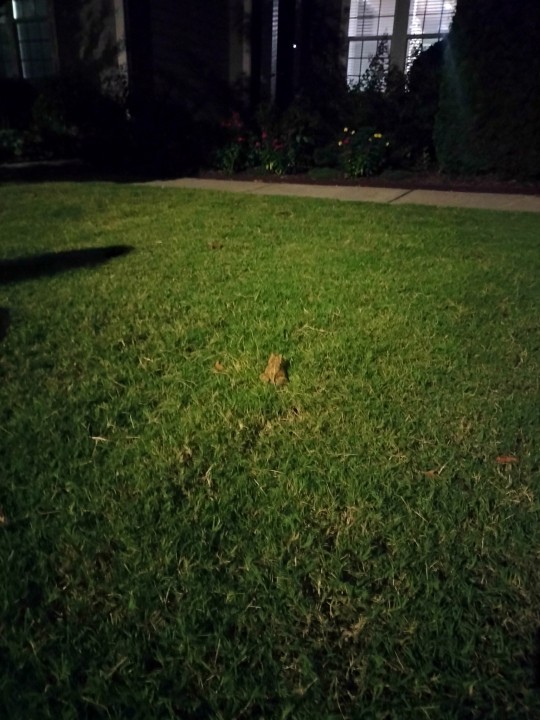
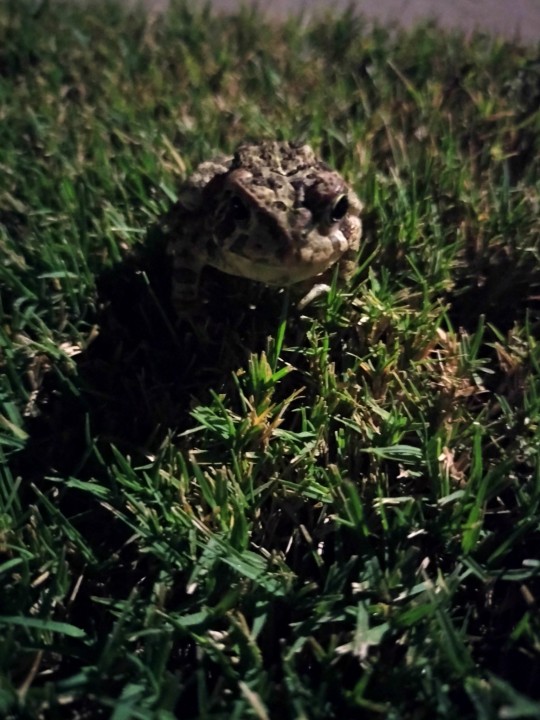
626 notes
·
View notes
Text
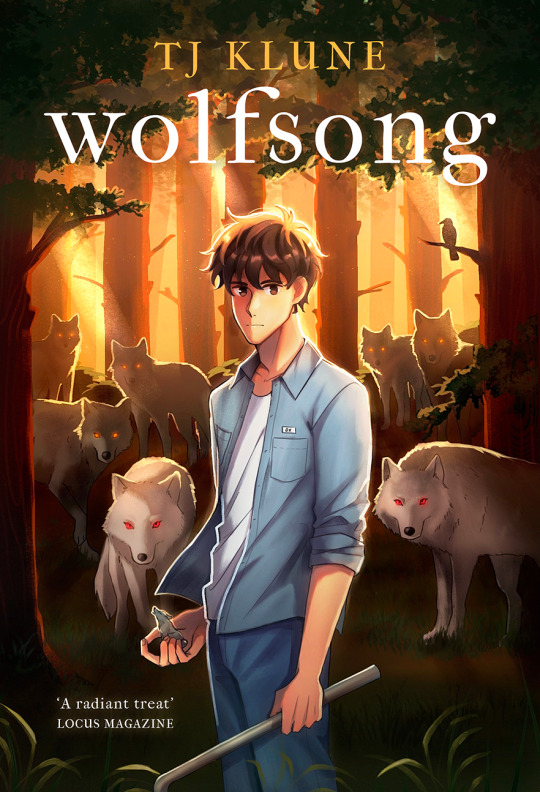
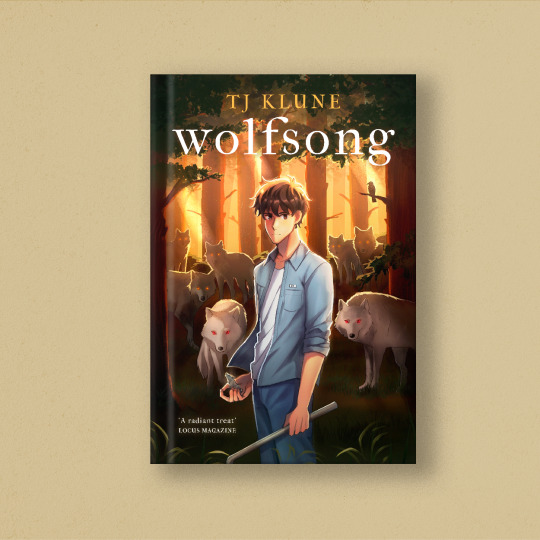

wolfsong fan cover 🐾
this was a project i worked on for an art mentorship program i was a part of last year, in which i got to work with an art director to illustrate a cover for any book of my choice. i picked wolfsong cause it's one of my most beloved books, and i had wanted to create a cover for it as a personal project for a long time 🧡
#theres honestly so much i could say about this piece#just know that i was very very scared to post this which is why i waited almost a whole year to do it#i pushed myself really hard with this one and i was extremely critical of it#basically i was afraid it wasnt good enough#but since i worked hard on it i wanted to share it#so here it is#green creek series#wolfsong#my art
170 notes
·
View notes
Note
Aw! XL cooking reminded me of when I was working with children and they'd get nightmares/scared of monsters, so was go to the garden and make Monster Soup! Anything that looked good would go into the nearest source of water (often a bird bath) so that the monsters would know we are kind people and stay outside and not come inside. Also the monsters would think of us as friends and protect us instead of scaring us. Now I'm hoping that I have turned any of these kids into bad cooks bc I was like that flower looks good! Toss it in! 😅😄😄😄
Thank you for reminding me of this memory!

I'm-In-Love-With-The-Monster Soup.
#tgcf#xie lian#hua cheng#ask#This story was extremely sweet thank you so much for sharing B'*)#I also used to work with kids and I really miss it!! This brought back lovely memories for me as well.#I am sure you helped a lot of kids through rough feelings by taking them seriously and letting them grow by confronting their fears.#Monster soup is something I am going to be thinking about for a long time....#If anything; experimenting in the kitchen and feeling the permission of freedom to cook helps encourage kids to learn!#even if its a pretend kitchen. A birdbath is just as valid as a soup pot!#Comic-commentary time: I am so sorry to people who didn't know or forgot that this is how I draw the TGCF pair.#Xie Lian actually tried to make a sandwich but it got to wet so he had to put it in a bowl.#no one knows where the green colour came from.#One more comic on this coming tomorrow (what have WWX and HC been up to?)
482 notes
·
View notes
Text



a few versions because i literally can't decide LMAO
#genshin#genshin impact#genshin fanart#alhaitham#al haitham#m:art#m:*#m:art:al haitham#i actually can it's the cracked peach/green one but the hours of rendering i put into the original colors would#slap me across the room if i said that in the main post#the bottom left is closest to the original painting's colors the top one was a result of me not really liking the#extremely red bg and triangles are my go-to bullshit for everything#also i basically do everything on one layer so this was a very annoying process for me </3
1K notes
·
View notes
Text
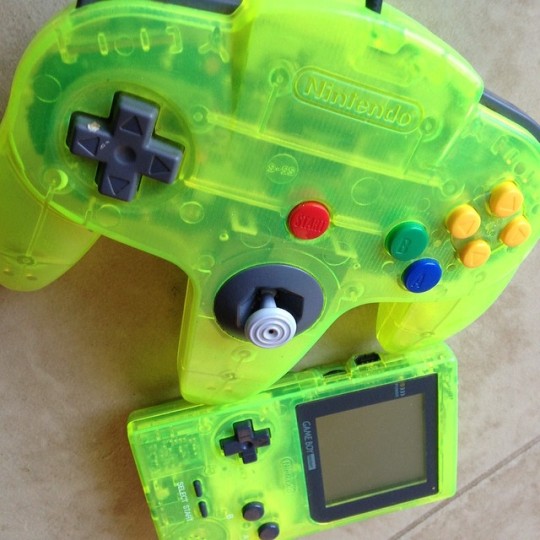
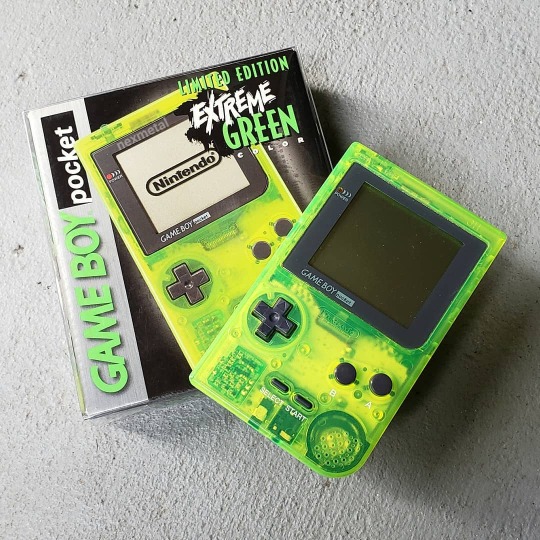


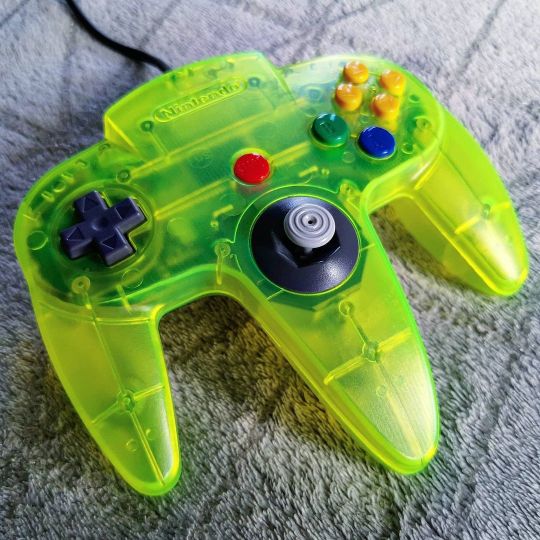
#90s#90s aesthetic#90s vibes#1990s#90s style#90's tech#transparent#Gameboy Pocket#Nintendo 64#N64#Tamagotchi#Extreme Green
2K notes
·
View notes
Text

Photo by Peter Carney.
Source: Facebook.
#nintendo 64#N64#nintendo#nintendo aesthetic#extreme green#transparent blue#transparent orange#green#N64 controller#christmas#xmas#retro gaming#game photography#colors#y2k aesthetic
418 notes
·
View notes
Text
"The search has intensified for alternative energy-saving technologies for heating and cooling that don’t run on fossil fuels.
Now, by mimicking a desert-dwelling chameleon, Chinese scientists have developed a cheap energy-efficient, cost-effective coating on houses.
They say the new material could keep buildings cool in the summer or warm in the winter without using additional energy.
“Many desert creatures have specialized adaptations to allow them to survive in harsh environments with large daily temperature shifts,” said Dr. Fuqiang Wang, author on the paper describing the invention and researcher at the Harbin Institute of Technology. “For example, the Namaqua chameleon of southwestern Africa alters its color to regulate its body temperature as conditions change.”

Pictured: A Namaqua Chameleon
...Many systems, such as cooling paints or colored steel tiles, are only designed to keep buildings either cool or warm, and can’t switch between modes.
Inspired by the Namaqua chameleon, Dr. Wang and his colleagues wanted to create a color-shifting coating that adapts as outside temperatures fluctuate...
When heated to 68 degrees Fahrenheit, the surface began to change from dark to light grey. Once it reached 86F, the light-colored film reflected up to 93% of solar radiation.
“Even when heated above 175 degrees Fahrenheit for an entire day, the material showed no signs of damage,” reported Dr. Wang.
The team then tested it alongside three conventional coatings—regular white paint, a passive radiative cooling paint, and blue steel tiles in outdoor tests on doghouse-sized buildings throughout all four seasons...
In summer, the new coating was significantly cooler than the white paint and steel tiles, according to the findings published in the journal Nano Letters.
“During spring and fall, the new coating was the only system that could adapt to the widely fluctuating temperature changes, switching from heating to cooling throughout the day,” Dr. Wang added.
The researchers say that the color-changing system could save a “considerable” amount of energy for regions that experience multiple seasons, while still being inexpensive and easy to manufacture."
-via Good News Network, September 21, 2023
#chameleon#extreme heat#climate adaptation#architecture#green architecture#saving energy#climate crisis#global warming#sustainability#solarpunk#good news#hope#biomimicry#air conditioning
472 notes
·
View notes
Text
Poison
Two new types of poison started being sold in Gotham's underworld; one is bright pink and the other a toxic green, both of which have caused the Batfamily a major headache because no one can find a cure or a reason why it suddenly started being sold.
Unfortunately, many of their Rogues have been using it for their attacks and this product has proven to be deadly.
It tends to act immediately on contact with an individual and cause extreme pain (some have commented that they feel like dying), as well as being effective on everyone it comes in contact with (including mutants, metas, and aliens) and not possessing an antidote. Bruce has tried to analyze it on many occasions but the batcomputer never comes up with results, as if the product is corrupted.
Strangely, it was recently discovered that Jason has immunity, and contrary to expectations, the poison seems to make him stronger? it even affects the influence of the pits!
This, of course, did not please the vigilante, the color of one of the poisons was too familiar for him to pass up so he decided to seek its source directly. Unlike Bruce, who was dedicated to the search for an antidote, Jason felt there was something darker about the whole situation, so he decided to track down the vendors and follow them.
Elsewhere, two halfas look at each other wearily as needles pierced their skin, it's a bit ironic that they let their guard down when the Fenton's declared they liked ghosts and forgot they had other enemies.
#dpxdc#New type of poison is being sold in Gotham#Rogues are using it#The green poison remembered Jason to the Lazarus pits#but it feels different#he can almost hear screams when he got in contact with it for some reason#the poison is Vlad and Danny's ectoplasm#dp x dc#dc x dp#They were captured#and are being used to win some money while the captors investigate them#you decide who captured them#The captors are using anti-ghost technology#Jason is investigating it#ectoplasm carries feelings#if Vlad and Danny felt like dying then the ectoplasm would imitate those feelings#plus ectoplasm is extremely dangerous for any living being#that's the reason it's so effective for everyone as a poison#what happens next when Jason find them is up to you#but it could be#dead on main
591 notes
·
View notes
Text
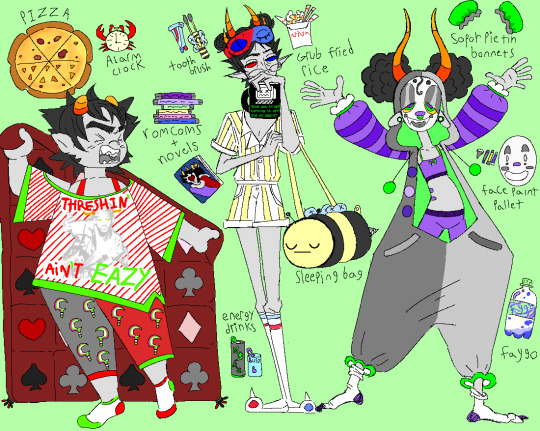

Just in time for 4/13 here's the second line of my r63 dolls, this time CREEPover themed with bonus accessories! in an ideal world they would come in adorable recuperacoon shaped packaging. and probably a sopor slime making kit because kids love slime. which one are YOU picking up from your local Goreget today?
#my art#homestuck#tavros nitram#sollux captor#gamzee makara#karkat vantas#equius zahhak#eridan ampora#sorry this took literally over a year to draw i was extremely ill with a brain parasite#i would do a lot differently now but dhdhdhdhshs whatever#a deluxe set would have like sollux with a bunk bed type recuperacoon or maybe an eridan lagoona hydration station type thing#or tiny lusus pets i almost did that for eq a tiny knee height sized aurthour carrying like milk and cookies on a platter on his back#other playsets would include a giant bee hive mainframe/90s clunky home computer desk for sollux a very fancy bathtub playset gamzee would#have a little kitchen set that made sopor pie like those diy chapstick playsets#also the packaging i was picturing it would be like flap style like those halloween rainbow high ones but with a little green tinted window#where the recuperacoon holes are so you can see the doll through it#a teeny polished marble style weight lifting set for equius would also be really good....maybe half marble half like the decrepit robotic#aesthetic he has going on#peep the little details but also not too much. mostly please laugh at karkats pajamas ive been laughing at them for a year also the pizza#was supposed to be an angry karkat face
136 notes
·
View notes